As electric toothbrushes become more advanced and widely adopted, ensuring durability and safety in every component—especially the charging port—has become a priority for both users and manufacturers. If the charging port is burned out, it not only affects product functionality but can also damage the brand’s reputation and increase returns. For brand owners, understanding the root causes and possible solutions for electric toothbrush charging issues is critical—not just for customer support but for improving upstream electric toothbrush manufacturing decisions.https://www.powsmart.com/about-powsmart/
In this article, we’ll explore what may cause a burned-out charging port, how to handle the situation, and what steps brand owners can take to improve product quality through better supplier partnerships.
Identify the Problem: How Do You Know the Charging Port Is Burned Out?
The first step is recognizing whether the electric toothbrush is burned out due to charging issues, or if the problem lies elsewhere. Common symptoms include:
The device won’t charge despite using a working cable or base.
Burn marks or a melted appearance around the charging port
A burning smell from the charging area.
The toothbrush heats up when plugged in.
If these signs are present, it’s likely the charging port burned out, possibly due to voltage instability, water ingress, or substandard components.
Root Causes: Why Do Charging Ports Burn Out?
Understanding the root causes can help you as a brand owner to reduce future defects. Typical reasons include:
Poor waterproof sealing: Moisture intrusion can cause corrosion or short circuits.
Inconsistent power supply: Unregulated voltage or poor circuit protection can lead to overheating.
Low-quality connectors or materials: Substandard metal components or improper insulation may degrade quickly.
Inadequate thermal design: Some designs do not dissipate heat effectively, which can lead to overheating and melting.
These issues are directly linked to manufacturing quality, which is why partnering with a qualified electric toothbrush manufacturing facility is crucial.
Immediate Actions: What Should a Brand or User Do?
If a customer reports a burned-out charging port, here are your recommended responses:
Stop usage immediately to prevent further damage or safety hazards.
Offer a replacement or repair under warranty, if applicable.
Collect product return data to assess how widespread the issue is.
Investigate the batch where the product was manufactured to determine if it was an isolated defect or a systemic quality problem.
Your customer service response should include both empathy and technical clarity to maintain trust and minimize brand damage.
Long-Term Solution: Work with High-Quality Manufacturers
Recurring charging failures are often a sign of flaws in design or assembly. To prevent issues like charging port burned out, brands must prioritize quality in sourcing and development. This includes:
Partnering with certified electric toothbrush manufacturers who offer robust IPX7 waterproof designs.
Ensuring the supplier uses quality components—such as high-grade copper alloy charging contacts and certified PCB boards with overcharge protection.
Requesting product life cycle testing, especially of power modules and USB charging components.
Auditing the assembly line to ensure quality control protocols are being followed.
Proactively addressing these risks will drastically reduce the frequency of electric toothbrush charging issues.
Design Improvements: Recommendations for Next-Gen Models
To avoid repeated customer complaints and brand damage, it’s worth incorporating preventive measures in future product development. Key design suggestions:
Wireless inductive charging instead of open charging ports.
Double-seal waterproof structure to prevent water ingress.
Overheating detection chips that cut off charging when abnormal temperature is detected.
Universal charging base compatibility with regulated voltage output.
Discuss these design upgrades early with your electric toothbrush manufacturing partner during the R&D stage to ensure feasibility and cost-efficiency.
Turn a Product Issue Into a Quality Opportunity
While a burned-out charging port might seem like a product failure, it also presents a valuable opportunity to enhance your brand’s quality control and supplier collaboration. By understanding the solutions for electric toothbrush charging issues, tracking customer feedback, and working with trusted manufacturing partners, brand owners can not only resolve current issues but also deliver more reliable, safer, and longer-lasting oral care devices in the future.
If you’re seeking an experienced and quality-driven electric toothbrush manufacturing partner, our team would be glad to support your next product launch. Let’s build smarter oral care products—together.

.jpg)
.jpg)
.jpg)
.jpg)
.jpg)

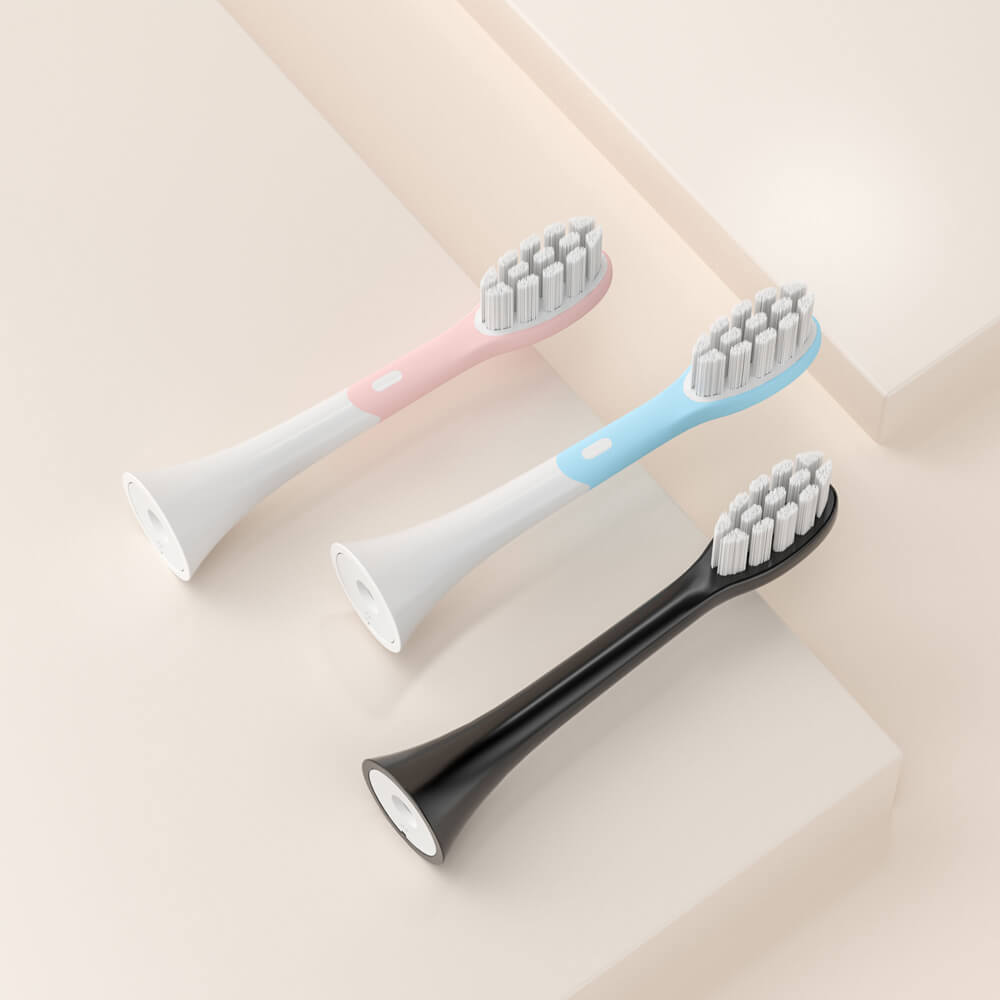
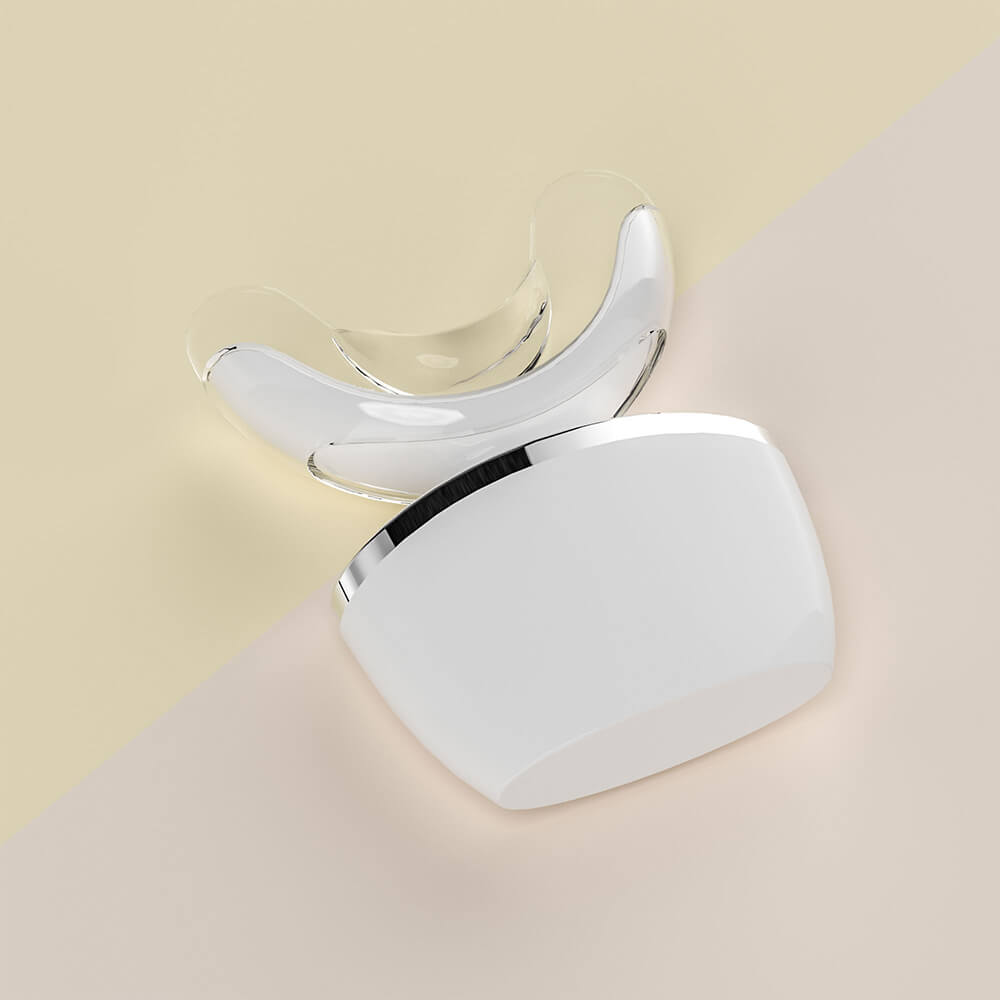



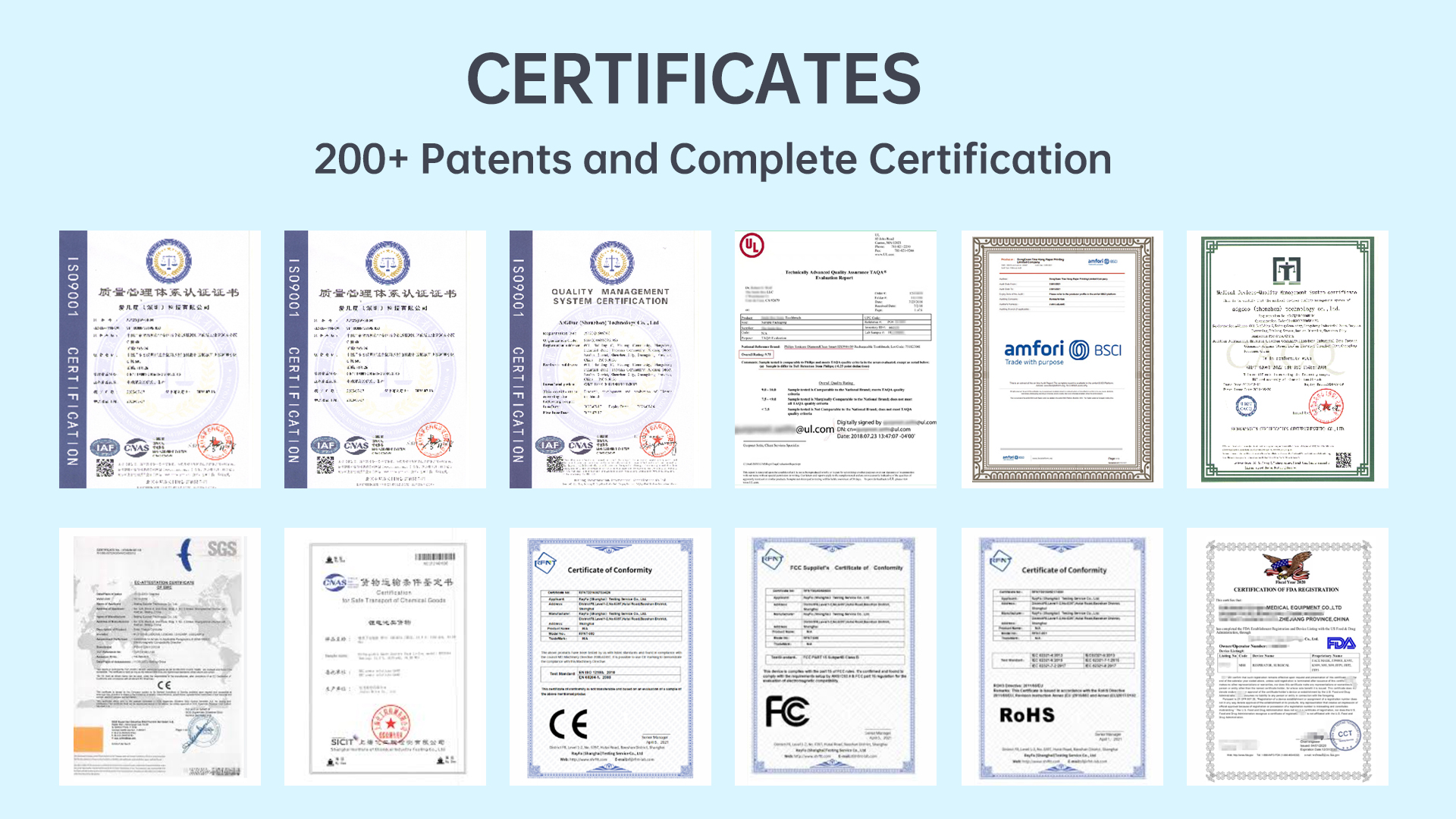


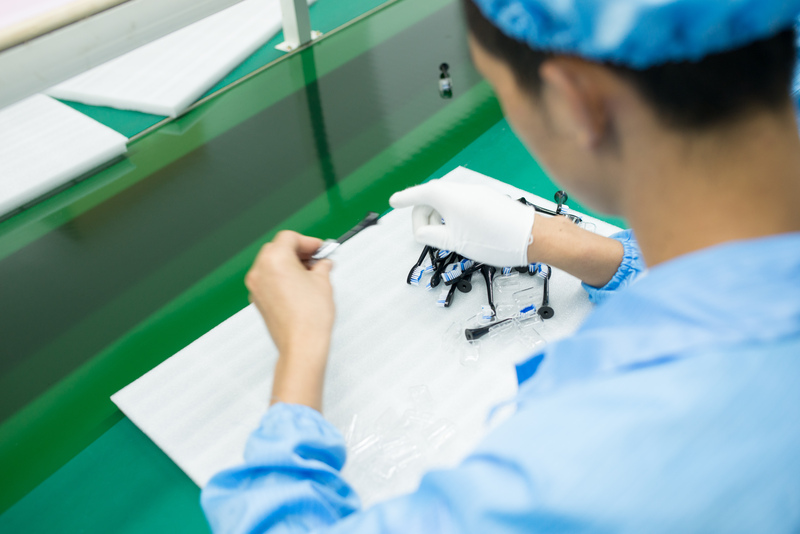

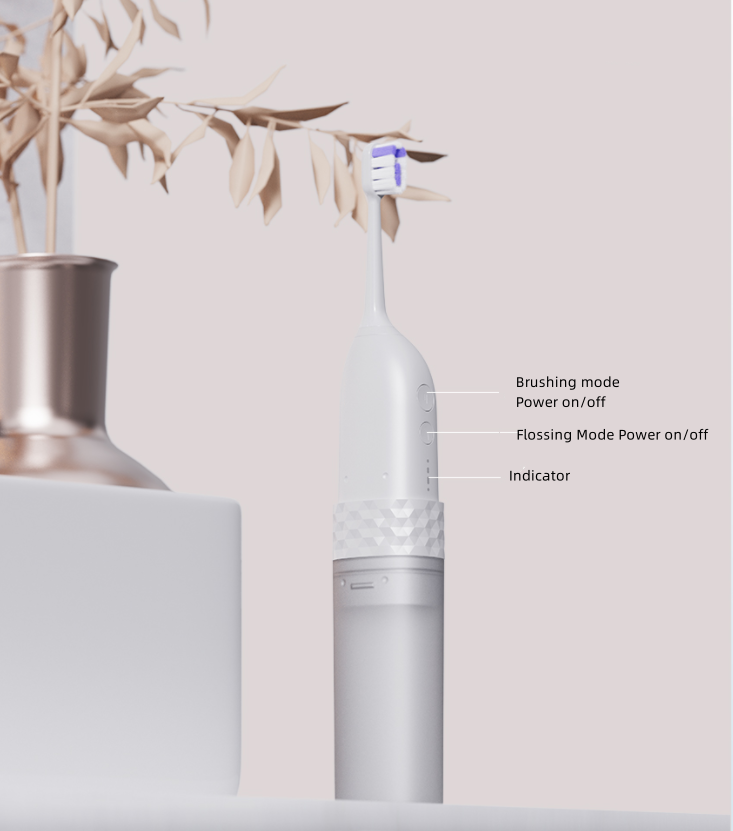
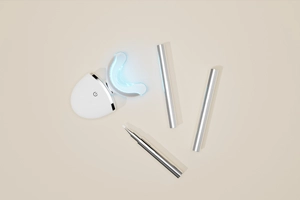


.jpg)
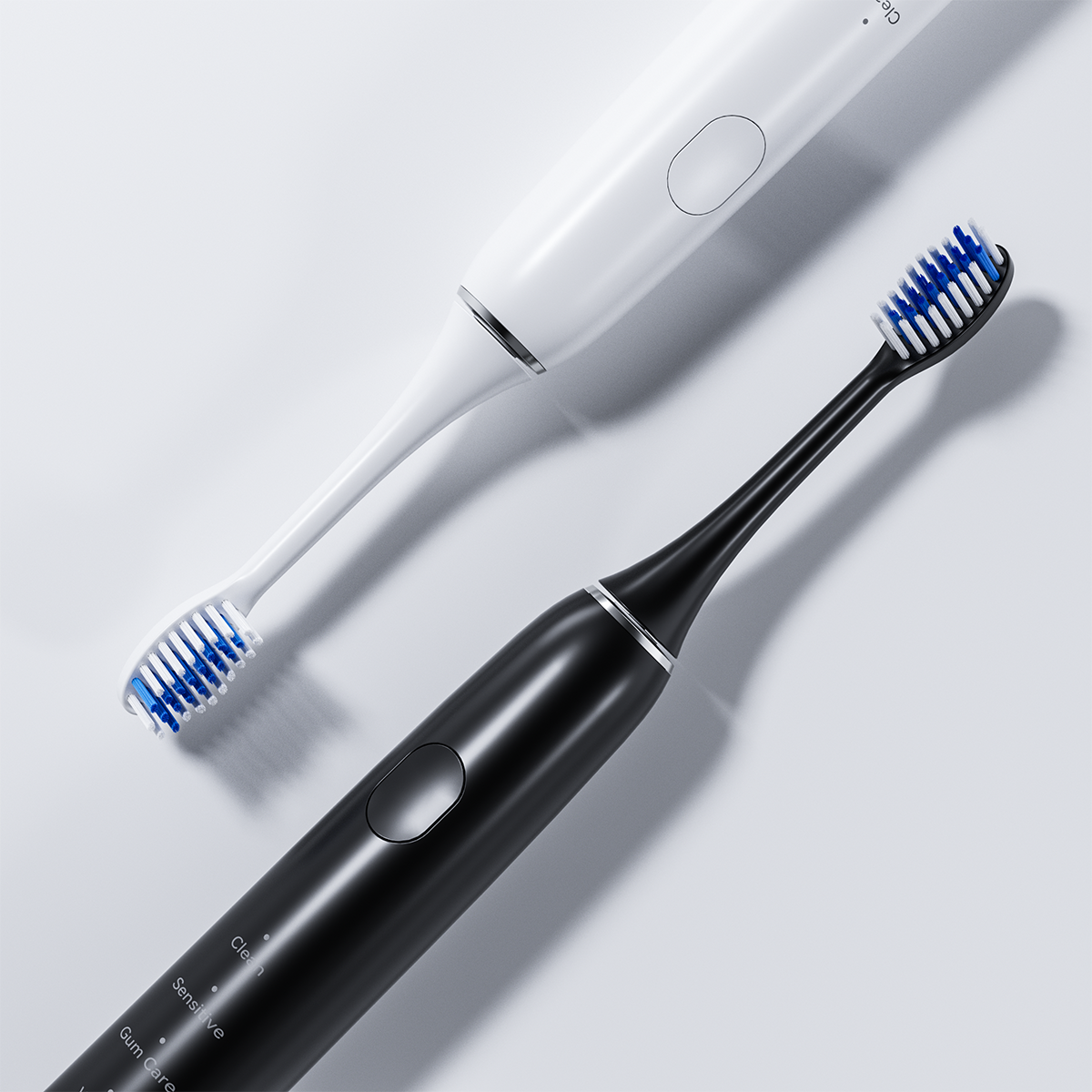
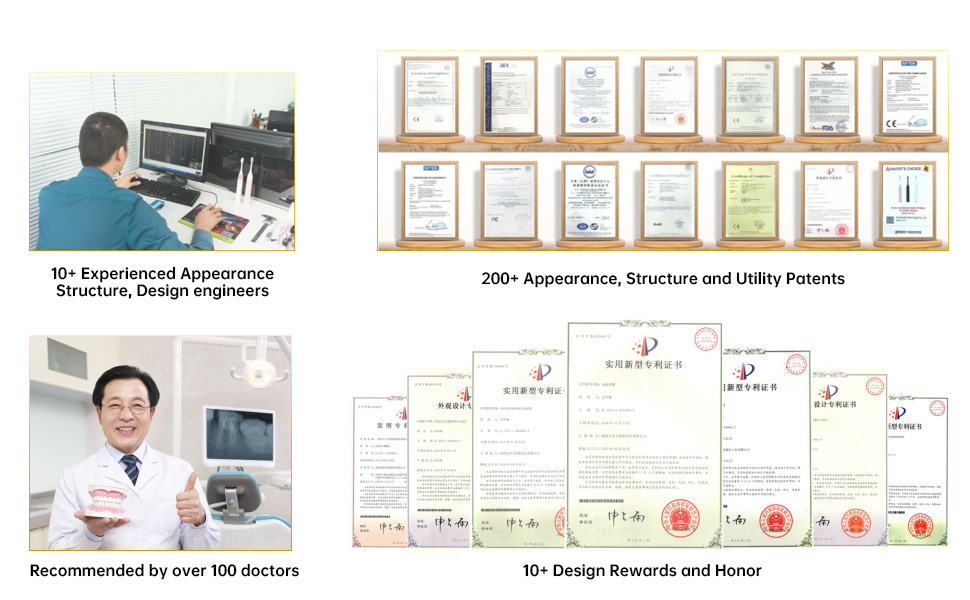
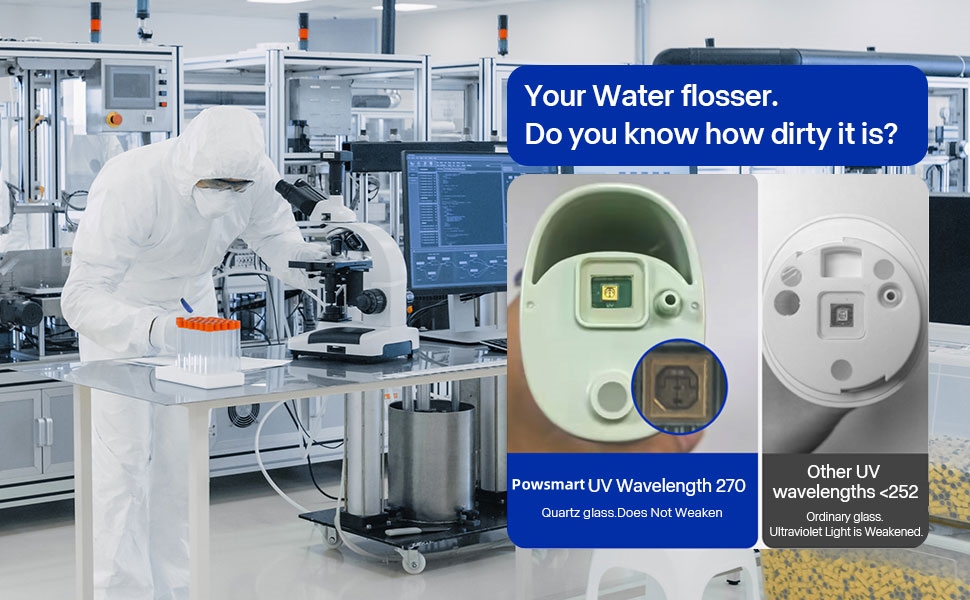
-2-scaled.png)
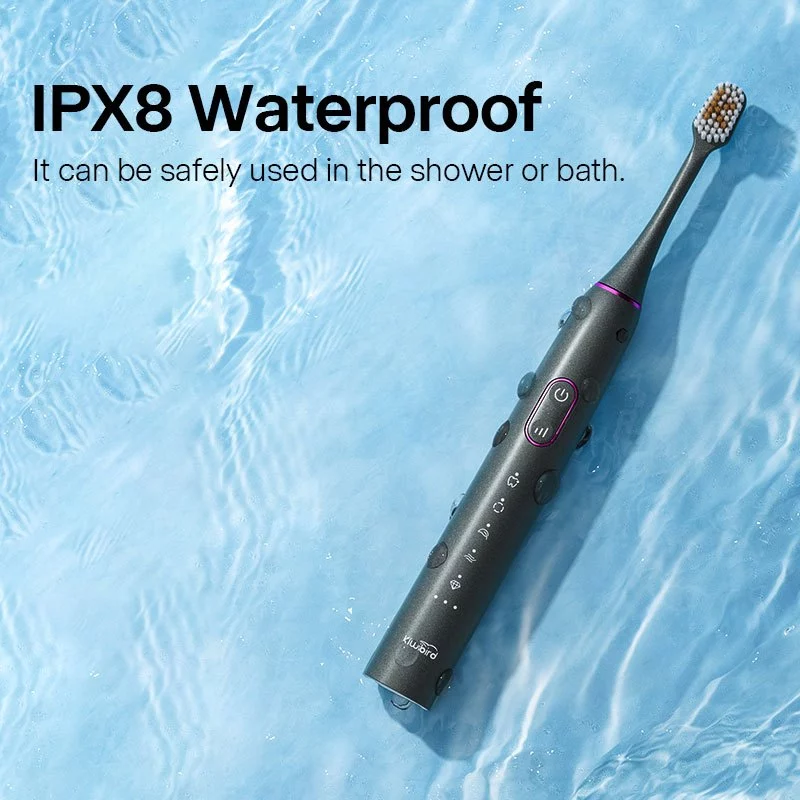
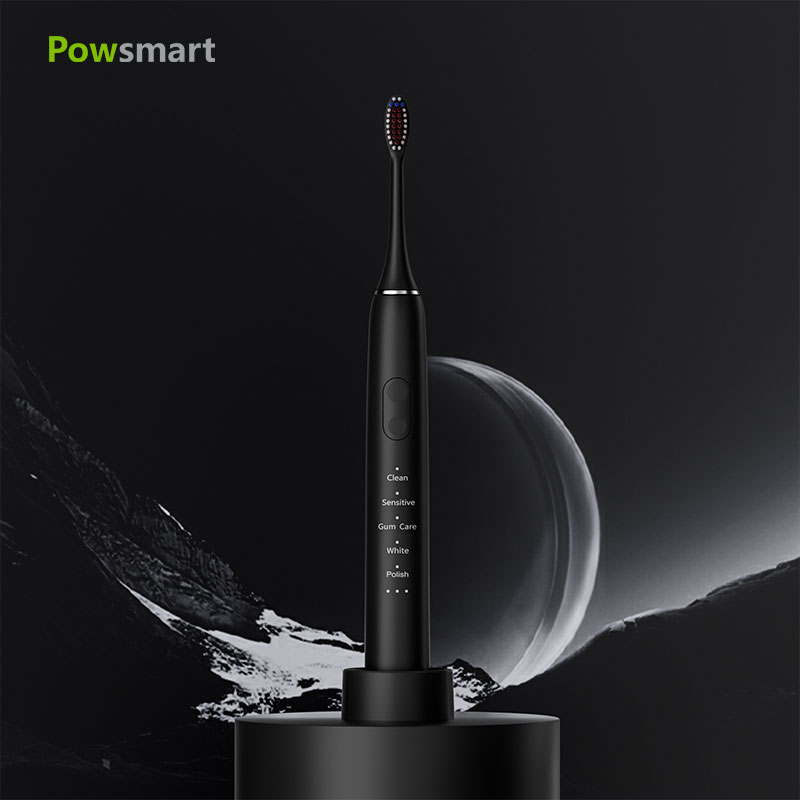
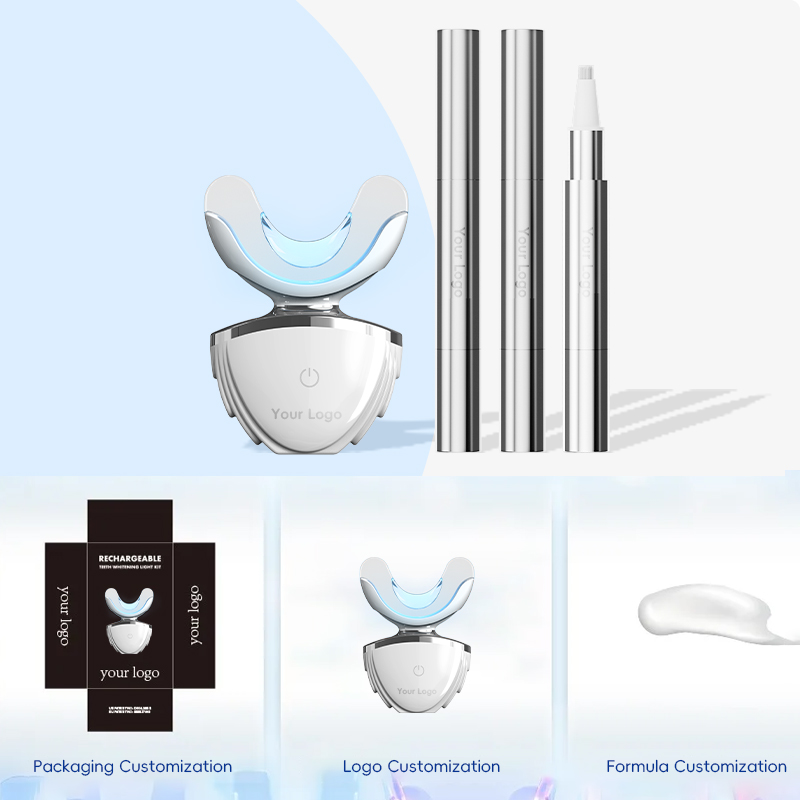
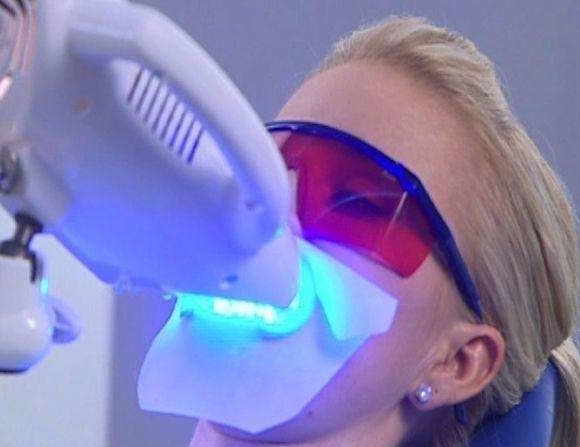








.jpg)